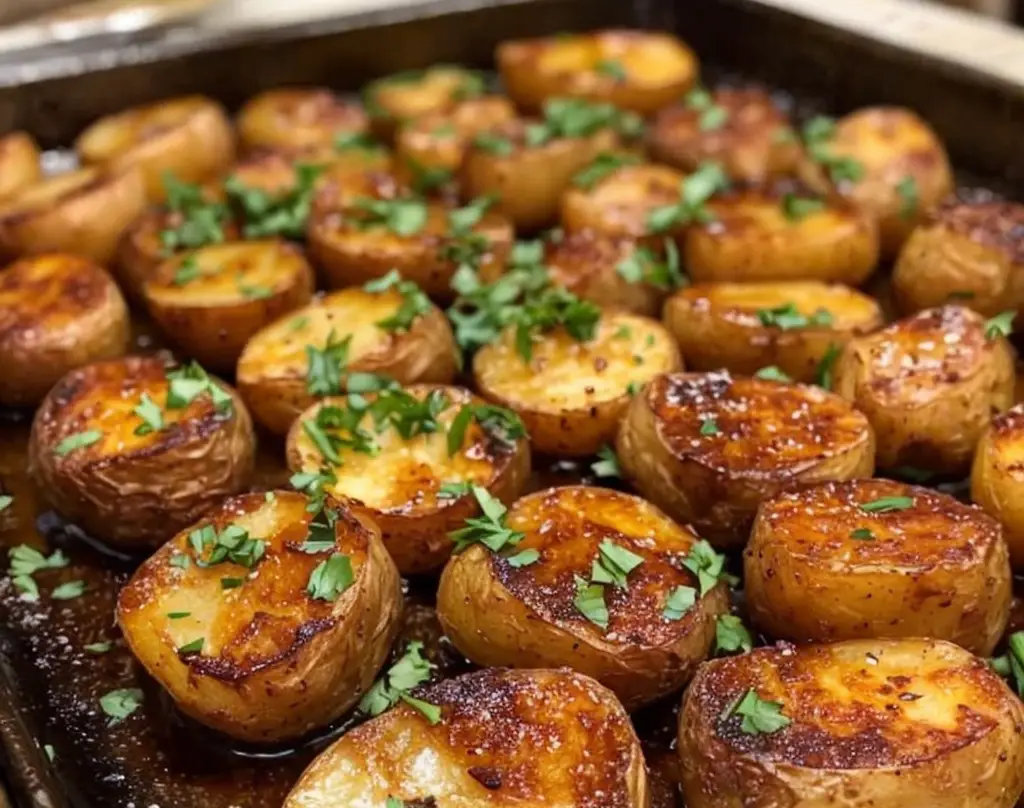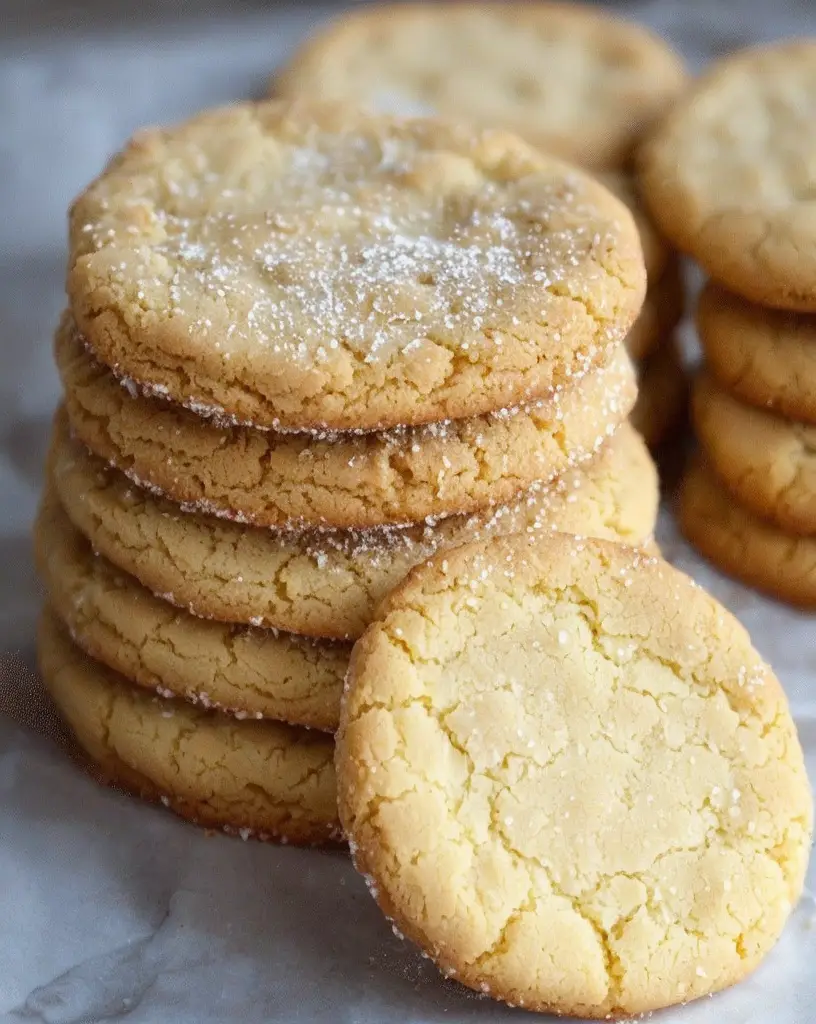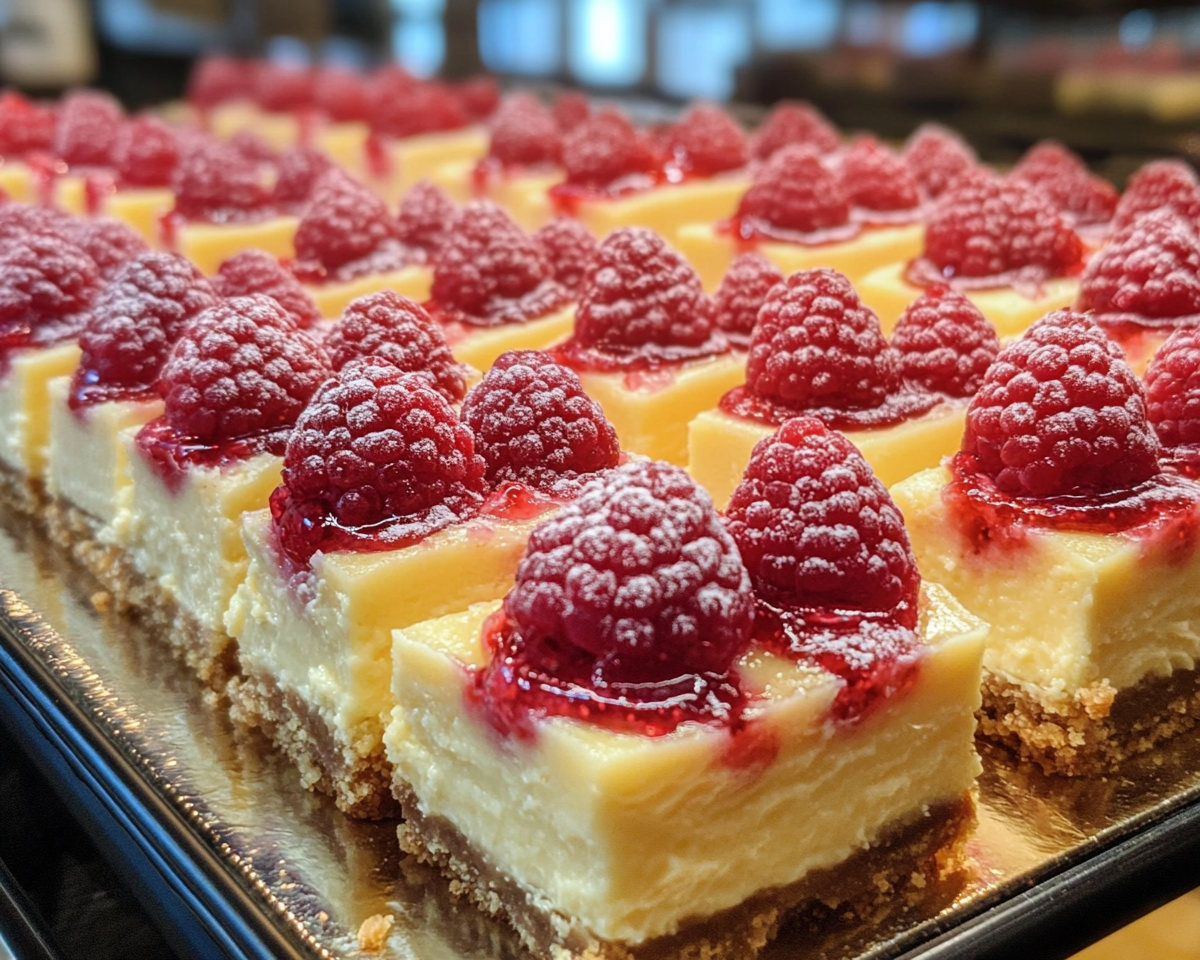Sweet and Savory Brown Sugar Potatoes: A Comforting Delight
Brown sugar potatoes are the ultimate comfort food, combining the sweetness of brown sugar with the earthy flavor of potatoes. As the potatoes roast, they caramelize in a rich, buttery glaze that gives them a sweet and savory allure. This dish is not only simple to prepare but also makes for a delightful side that pairs well with various mains, making it a versatile addition to any meal.
Imagine the aroma wafting through your kitchen, a fragrant mix of buttery sweetness with a hint of caramelization as these beautiful brown sugar potatoes cook to perfection. Their golden-brown exterior and soft, tender inside create a sensory experience that is simply irresistible. Whether you are entertaining guests or enjoying a family dinner, these potatoes promise to elevate your menu.
Quick Recipe Highlights
- Flavor Profile: Sweet and savory with a hint of spice, making for a delightful contrast.
- Texture: Crispy on the outside, soft and fluffy on the inside—perfectly balanced.
- Aroma: The sweet scent of brown sugar and butter fills your kitchen, inviting everyone to the table.
- Visual Appeal: The golden hue of caramelized sugar on the potatoes glistens beautifully.
- Skill Level Needed: Suitable for beginner and seasoned cooks alike, requiring only basic techniques.
- Special Equipment: A baking sheet and aluminum foil for easy cleanup are recommended.
Recipe Overview
- Difficulty Level: This recipe is classified as easy, making it perfect for those new to cooking or busy home chefs.
- Category: A perfect side dish for family dinners or holiday gatherings, complementing various meat and vegetarian entrees.
- Cuisine: Rooted in American home cooking, this dish adopts a sweet and savory approach often found in southern cuisine.
- Cost: Inexpensive to prepare, this dish can be made with budget-friendly ingredients you likely already have on hand.
- Season: Although delightful year-round, brown sugar potatoes shine best during the fall and winter months.
- Occasion: Ideal for Thanksgiving dinners, casual family meals, and festive celebrations.
Why You’ll Love This Recipe
This recipe for brown sugar potatoes stands out because of its perfect harmony of taste and texture. The balance of sweet and savory makes every bite delicious, with aromas that add warmth to your home. The simplicity of the recipe allows for easy preparation, making it an ideal choice for busy nights or special occasions. Nutritionally, potatoes provide essential vitamins while the sweetness of brown sugar can satisfy your sweet tooth without overwhelming it.
When hosting gatherings, brown sugar potatoes serve as an excellent conversation starter. Their unique flavor invites questions and compliments alike, enhancing the dining experience. The affordability of this dish also contributes to its widespread appeal, as it requires minimal investment yet yields satisfying results.
Historical Background and Cultural Significance
The origins of brown sugar potatoes trace back to traditional American cooking, where simple ingredients are transformed into comforting fare. This dish reflects the essence of home-cooked meals, evoking memories of family gatherings and celebrations. Over time, this recipe has evolved, with families adding personal touches, making it unique to their heritage.
Culturally, brown sugar potatoes symbolize hospitality and community. They are often served during festive occasions and gatherings, fostering connections among friends and family. In many households, the preparation of this dish is passed down through generations, each adding their flair and techniques that honor their ancestors.
Different regions may have their interpretations of this dish, incorporating local ingredients that reflect their culinary traditions. This variation enhances its versatility, allowing it to fit seamlessly into diverse menus while remaining a favorite comfort food.
Ingredient Deep Dive
Potatoes: Potatoes are celebrated for their versatility and nutritional benefits. Rich in vitamins and potassium, they provide sustained energy and satisfy hunger. Choosing the right potato is crucial; starchy varieties like Russets are perfect for this recipe due to their fluffy texture when cooked.
Brown sugar: This ingredient infuses sweetness and depth to the dish. Brown sugar’s molasses content enhances flavor complexity, making it ideal in various recipes. Opting for light brown sugar will yield a milder taste, while dark brown provides a richer flavor. Store brown sugar in an airtight container to keep it moist and fresh, and if necessary, it can be substituted with coconut sugar for a unique twist.
Common Mistakes to Avoid
- Not Preheating the Oven: Always preheat to ensure even cooking and proper caramelization.
- Cutting Potatoes Unevenly: Cut potatoes into similar sizes to ensure uniform cooking.
- Using Too Much Sugar: Balance is key; too much can overpower the dish.
- Overcooking: Keep an eye on the potatoes to avoid mushiness; they should be tender yet firm.
- Skipping Foil: Covering during part of the baking process can help steam the potatoes, enhancing texture.
- Using the Wrong Type of Potato: Select starchy potatoes for the best results; waxy types won’t achieve the desired fluffiness.
- Neglecting Seasoning: Don’t forget to season potatoes before baking; it elevates the flavor profile.
- Not Tasting Before Serving: Always taste your dish before serving to ensure the flavors are to your liking.
Essential Techniques
Proper roasting is essential for achieving the perfect texture in brown sugar potatoes. Ensure your oven is adequately preheated; this promotes caramelization, resulting in a deliciously sweet crust. To master roasting, keep the potatoes in a single layer for even heat distribution, which prevents steaming and encourages crispiness.
Lifting the foil during the last minutes of cooking allows the potatoes to brown beautifully. Watch for visual cues—golden edges are a sign of delicious caramelization. If your brown sugar potatoes aren’t browning as desired, consider increasing the oven temperature slightly for the final minutes of baking for optimal results.
Pro Tips for Perfect Brown Sugar Potatoes
To ensure your brown sugar potatoes turn out perfectly every time, try the following tips. First, coat your potatoes with melted butter before adding sugar; this fosters an incredible glaze. Additionally, consider adding spices such as cinnamon or nutmeg for more depth and warmth.
For an extra crunch, sprinkle some breadcrumbs over the potatoes before baking. If allowed, let the potatoes sit after baking for a few minutes to let the flavors settle in, enhancing taste. Adding a splash of apple cider vinegar can balance the sweetness with a tangy note.
Variations and Adaptations
Brown sugar potatoes can be adapted to fit various culinary preferences. For a seasonal twist, add pecans or walnuts for crunch during the fall. If you prefer a healthier version, reduce the amount of brown sugar and substitute with a sugar alternative. For those with dietary restrictions, explore using sweet potatoes for a different flavor profile and added nutrients.
Incorporating seasonal vegetables like carrots or parsnips can create a colorful medley, appealing visually and nutritionally. On top of that, try infusing the dish with herbs such as rosemary or thyme for a sophisticated taste.
Serving and Presentation Guide
For beautiful presentation, arrange the brown sugar potatoes on a platter, garnished with fresh herbs. A sprig of parsley or a sprinkle of chopped chives adds color and elevates the dish’s presentation. Serve alongside grilled meats or roasted vegetables for a balanced plate.
When serving, consider temperature; brown sugar potatoes are best enjoyed warm, right from the oven. Portion control can be managed by using small bowls to allow guests to help themselves, creating a more inviting experience.
Wine and Beverage Pairing
Pairing beverages with brown sugar potatoes can enhance the dining experience. A Sauvignon Blanc with its crisp acidity can provide a lovely contrast to the sweetness of the potatoes. For red wine enthusiasts, consider a medium-bodied Pinot Noir that complements the dish’s flavors without overpowering it.
For non-alcoholic options, a sparkling water with a twist of citrus can refresh the palate, while a lightly brewed iced tea provides a comforting pair. Temperature plays a crucial role; serve wines chilled and non-alcoholic options at room temperature to highlight their flavors.
Storage and Shelf Life
Proper storage of brown sugar potatoes ensures they retain their deliciousness. Allow leftovers to cool completely before transferring to an airtight container. Store them in the refrigerator for up to three days. Reheating can be done in an oven to restore their crispy texture, avoiding the microwave which may make them soggy.
For long-term storage, consider freezing the dish. To do this, lay the potatoes flat on a baking sheet to freeze them individually before transferring to a freezer-friendly container. This method prevents clumping, allowing you to take out only what you need.
Make Ahead Strategies
For those looking to save time, preparing brown sugar potatoes a day in advance is entirely feasible. Cut and coat the potatoes in the brown sugar mixture, then store them in the refrigerator until ready to bake. This allows flavors to develop and eliminates hassle during mealtime.
Consider assembling the dish in the morning and popping it into the oven just before serving, ensuring it’s fresh from the oven when it’s time to eat. When reheating, if you’ve made it ahead, doing so on a lower temperature will help preserve its texture and flavor.
Scaling Instructions
Adjusting this recipe to serve more or fewer people is simple. To halve the recipe, use smaller potatoes and accordingly reduce the brown sugar and butter. When doubling or tripling, be aware of the size of your baking dish; you may need additional cooking time to ensure even cooking.
Timing modifications may be necessary based on the size of the dish. Monitor the potatoes closely as they may need a little longer to cook through without burning.
Nutritional Deep Dive
Brown sugar potatoes provide a hearty serving of carbohydrates, ideal for an energy boost. They also carry micronutrients such as vitamin C and potassium, which support overall health. While potatoes are naturally low in calories, the addition of brown sugar and butter should be considered for those monitoring their caloric intake.
Portion control is vital when enjoying this delicious side. Understanding serving sizes is essential for maintaining a balanced diet while indulging in this comforting dish. Opting for sweet potatoes can enhance the nutritional value by adding fiber and vitamins while keeping the familiar taste.
Dietary Adaptations
Brown sugar potatoes can be easily adapted for various dietary needs. A gluten-free version can be easily achieved, as this recipe naturally does not include gluten. For those needing dairy-free options, substitute butter with a non-dairy alternative.
Vegans can replace butter with coconut oil, preserving creaminess while maintaining the sweetness from brown sugar. Low-carb enthusiasts might explore using cauliflower instead of potatoes, adjusting cooking times accordingly. These adjustments maintain the spirit of the dish while accommodating diverse dietary preferences.
Troubleshooting Guide
If your brown sugar potatoes turn out too sweet, consider reducing the amount of brown sugar next time or balancing the sweetness with a pinch of salt. Should they become soggy during cooking, ensure they are not overcrowded on the baking sheet to avoid steaming.
If you’re struggling with uneven cooking, verify that your oven is accurately calibrated, and rotate the baking sheet halfway through. For flavor concerns, taste and adjust seasonings before serving; adding a splash of apple cider vinegar can enhance the flavor profile if it feels one-dimensional.
Recipe Success Stories
Many home cooks have embraced this brown sugar potatoes recipe, sharing their delightful experiences. One reader noted how the dish became a staple at family gatherings, often receiving rave reviews for its comforting flavors. Adaptations such as adding garlic and herbs have led to creative twists on the original, showcasing the recipe’s versatility.
Photographers in the community recommend presenting the dish in vibrant colored bowls or on textured wooden platters. Sharing these experiences not only celebrates individual creativity but also inspires others to put their spin on the beloved brown sugar potatoes.
Frequently Asked Questions
Yes, while brown sugar provides a unique flavor, coconut sugar or maple syrup can also work. Adjust measurements based on sweetness preference.
Are leftovers good the next day?
Leftovers will keep well for 3 days when stored correctly. Reheating can maintain texture and flavor if done in the oven.
Can I add other vegetables?
Absolutely! Consider adding carrots or parsnips for additional flavors and textures. Ensure they are cut to similar sizes for even cooking.
What types of potatoes are best?
Starchy potatoes like Russets or Yukon Gold are ideal due to their fluffy texture. Avoid waxy potatoes as they don’t caramelize well.
Is this recipe suitable for meal prep?
Yes, this dish can be prepared ahead of time and stored in the refrigerator, making it a convenient option for busy weeks.
How do I prevent the potatoes from burning?
Monitor cooking time closely and use foil to cover the potatoes if they brown too quickly, uncovering them for the last few minutes.
Can this recipe be made in a slow cooker?
Yes! You can adapt the recipe for a slow cooker, allowing the flavors to meld beautifully over several hours.
What spices work well in this recipe?
Cinnamon, nutmeg, or even paprika can be added for an extra flavor punch and warmth—feel free to experiment with your favorites!
How do I know when they are done?
The potatoes should be golden brown and easily pierced with a fork when they are finished cooking.
Can I freeze brown sugar potatoes?
Yes, they can be frozen for future use. Consider blanching before freezing to preserve texture, and reheat properly to retain the flavor.
Additional Resources
If you’re interested in exploring more recipes like brown sugar potatoes, check out our site for delicious side dishes that complement any meal. Additionally, several technique guides can aid in perfecting your cooking skills, helping you unlock new flavors. Dive into our ingredient information section for nutritional details and sourcing tips.
Our equipment recommendations will equip you with the necessary tools for successful cooking, ensuring you have everything you need to replicate this comforting dish. Seasonal variations can offer fresh ideas tailored to available ingredients, keeping your meals exciting.
Join the Conversation
We invite you to share your experiences and photographs of your brown sugar potatoes creations on social media with our community. Your feedback on this recipe inspires fellow cooks and contributes to an engaging community.
Recipe reviews are crucial, so please share your thoughts on how this dish turned out for you. If you’ve made variations or adaptations, we want to hear about those too! Join us in creating a vibrant network of culinary enthusiasts as we explore new flavors and celebrate the joys of cooking together.
The Recipe
Brown Sugar Potatoes
Serves: 4
Prep Time: 15 mins
Cook Time: 30 mins
Total Time: 45 mins
Kitchen Equipment Needed
- Baking sheet
- Aluminum foil
- Mixing bowl
- Measuring cups
- Knife and cutting board
Ingredients
- 4 medium potatoes, peeled and cubed
- 1/2 cup brown sugar
- 1/4 cup butter, melted
- 1 teaspoon vanilla extract
- 1/2 teaspoon salt
- 1/4 teaspoon cinnamon (optional)
Directions
- Preheat your oven to 400°F (200°C).
- In a mixing bowl, combine melted butter, brown sugar, vanilla extract, salt, and cinnamon (if using).
- Add the cubed potatoes to the bowl and coat them evenly with the brown sugar mixture.
- Spread the potatoes in a single layer on a baking sheet, lining it with aluminum foil if desired for easy cleanup.
- Bake for 25 minutes, covered with foil, then uncover and bake for an additional 5-10 minutes until golden brown.
- Remove from the oven and let cool slightly before serving.
Recipe Notes
- Feel free to add nuts or other spices for enhanced flavor.
- These potatoes can be stored in the fridge for up to 3 days.
- To reheat, place in the oven until warm; this helps retain crispness.




